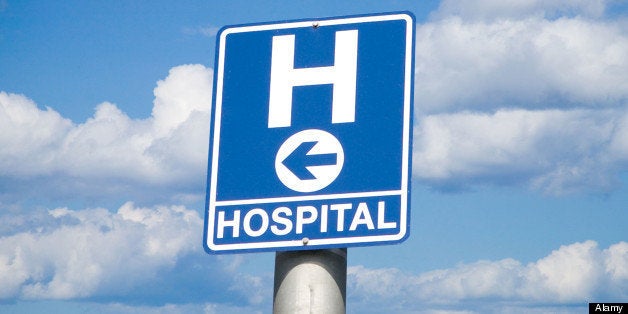
From 24/7 Wall St.: Approximately 83% of the U.S. population had some form of health insurance coverage in 2012, according to the latest data released jointly by Gallup and Healthways. While this was the first year of improvement since the group began the study, overall coverage remained lower than the 85% it was in 2008.
The level of health insurance coverage varies widely from city to city, according to the 2012 Gallup-Healthways Well-Being Index. In metropolitan areas such as Boston and Burlington, Vt., more than 95% of residents were covered. At the same time, barely half of the residents were insured in McAllen, Texas, the metro area with the lowest coverage. Based on the Gallup-Healthways Index, the 10 metropolitan statistical areas with the worst health insurance coverage are featured here.
While the number has declined, a large segment of Americans with health insurance are still covered through their employers, at 44.5%. As a result, many of the metro areas with low health insurance coverage have high unemployment rates. At the end of 2012, seven of the 10 metro areas had among the highest unemployment rates in the country.
Jobs in areas like management, business, science, manufacturing and education tend to offer health coverage. These jobs also require higher education. Because residents in the cities without coverage have particularly low high school and college graduation rates, the cities have fewer residents working in sectors that offer benefits.
In some cases, it can be difficult to measure how poor coverage has affected the health of residents. For example, these metro areas have lower-than-average rates of cancer diagnosis. However, in an interview with 24/7 Wall St., Gallup’s research lead Dan Witters cautioned that it could be that the disease is not being detected because fewer people are getting regular check-ups.
For other measures of health, the expected effects of not being covered by insurance are clearer. Residents in these cities are more likely to have diabetes and hypertension, and to have had their health keep them from ordinary daily activities.
Generally, cities with large Hispanic populations had lower rates of the residents that are insured. In fact, the Hispanic population is the least likely of all other ethnic groups to be covered by health insurance, explained Witters. As an example, Witters cited McAllen, Texas, where roughly 90% of the area’s population are of Hispanic origin or descent. As mentioned, McAllen had the lowest health insurance coverage in the country last year.
The reasons for this is that places with large Hispanic populations tend to have “the newest documented citizens, and the highest percentage of undocumented citizens,” said Witters. These two groups are much less likely to have health insurance, either because they have not had time to establish themselves and obtain insurance, or because they are not legal residents.
To determine the 10 metro areas with the lowest health insurance coverage, 24/7 Wall St. reviewed figures from the Gallup-Healthways Well-Being Index for 2012. In addition to the percentage of residents with insurance coverage, we considered a variety of data from the Well-Being Index, including the percentage of residents with a personal doctor and the percentage of residents that report being able to afford health care. We also reviewed unemployment rates from the Bureau of Labor Statistics for December 2012, and occupation, poverty and educational attainment data from the U.S. Census Bureau for 2011, the most recent available data.
These are the cities with the worst health coverage, according to 24/7 Wall St.:
